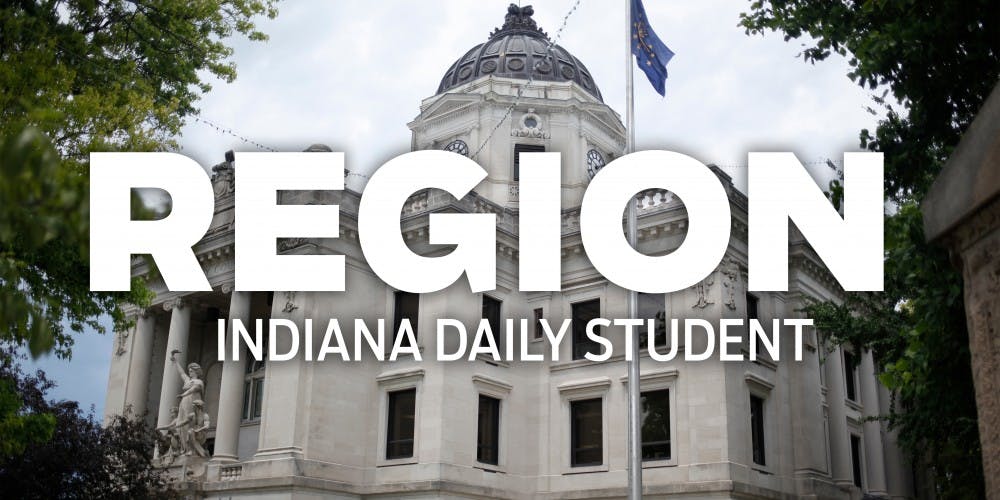Changes to the Supplemental Nutrition Assistance Program will set higher standards for stores and broaden opportunities for consumers in 2017. The new initiatives, announced last month, will be implemented throughout the year.
Beginning May 17, stores applying for SNAP authorization must stock a minimum of 84 eligible food stamp items. This is up from the long-standing requirement of 12 eligible items.

Indiana is seeing one of the largest proportional decreases of people going on food stamps across the nation. About 8,700 people, or 4,000 households, received food stamps in Monroe County as of November.
The Indiana and Monroe County USDA offices did not respond to calls Tuesday.
Names of stores and owners that break SNAP rules will be made public starting Jan. 17.
Item eligibility is based on fulfilling staple food categories such as fruit and vegetables, grain, dairy and meat.
Restaurants also will not be able to receive SNAP benefits if more than 50 percent of their sales come from food cooked or heated on site as of May 17.
United States Department of Agriculture undersecretary Kevin Concannon said he believes these higher standards are modest.
“We hope that even in the smallest of stores that there will be more options,” Concannon said. He said this will set higher standards for the smaller convenience stores that receive about 10 percent of SNAP benefits. These stores are where most food stamp-related fraud takes place.
Concannan said most of the large retailers, from big box stores to 7-11, already meet the 84-item requirement, and this rule was made for smaller stores in areas where big box stores are unavailable.
Additionally, pilot programs for other stores and online commerce will be launching throughout the country. Amazon, Safeway, ShopRite, FreshDirect and Hart’s Local Grocers will start taking food stamps in Maryland, New Jersey, New York, Oregon, Washington and Pennsylvania. Hy-Vee, Inc. in Iowa will also be part of the pilot program.
States were chosen for the pilot programs based on software available for processing food stamps pin numbers and which states’ USDA departments were up to date on their internal technology systems. Concannon said more states can be added to this program — especially with e-commerce — throughout the year.
“We know the market is changing in the sense of online purchasing opportunities,” Concannan said. He said the USDA hopes online purchasing will especially help the elderly and disabled citizens or those who cannot afford to transport to grocery stores, or do not want to go out at night to shop.
The USDA has the authority to make these sweeping revisions to food stamps through the 2014 Farm Bill, which cut funding from SNAP and initiated another program to help people using food stamps receive jobs. This program was mostly focused on the heads of households receiving job training and education.
Concannon said more than a million people were able to get jobs through the support of this program last year.






